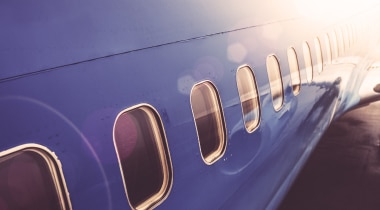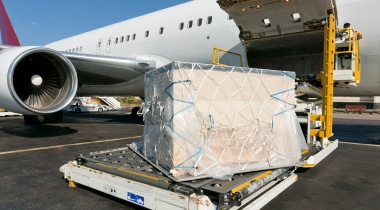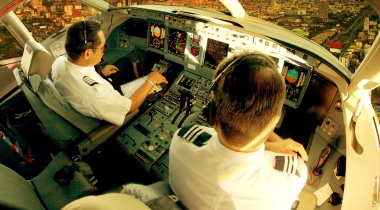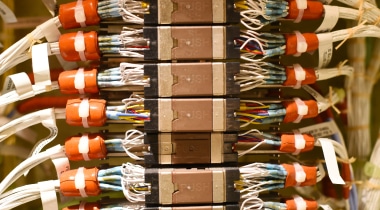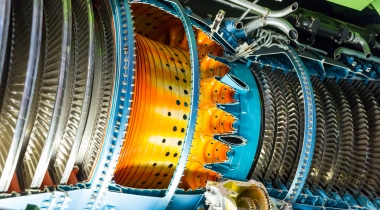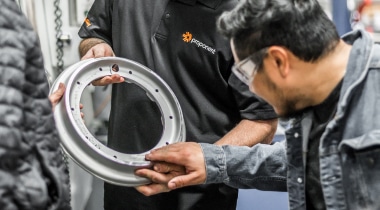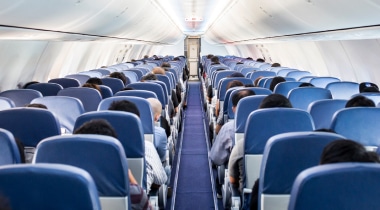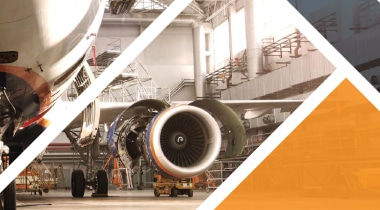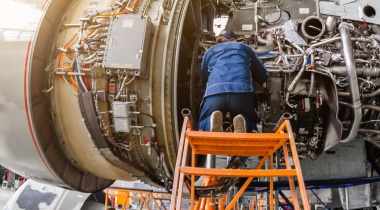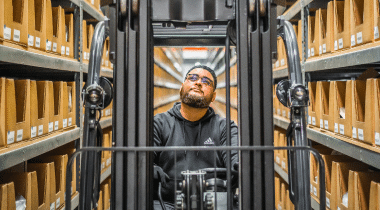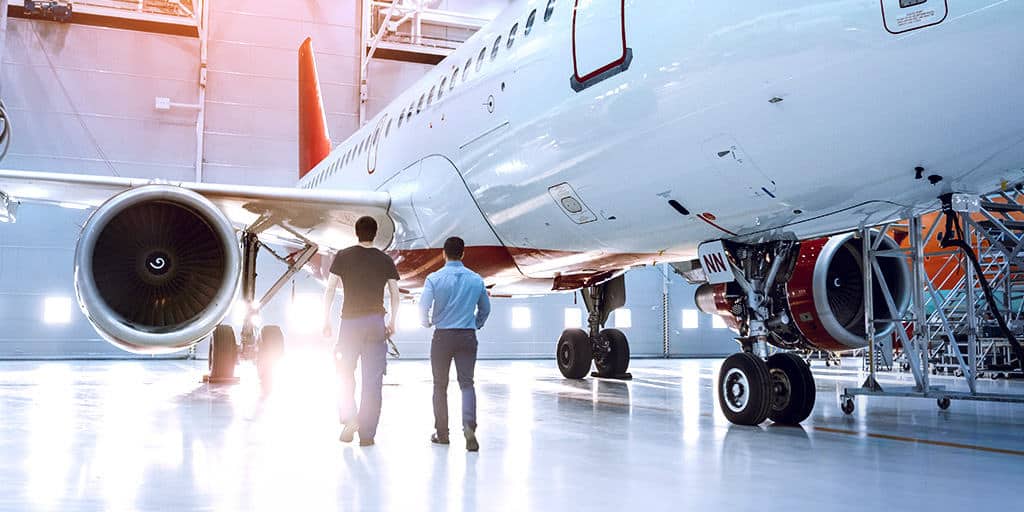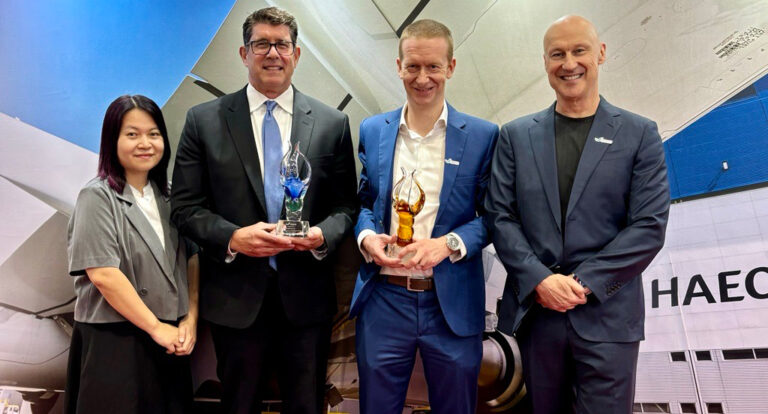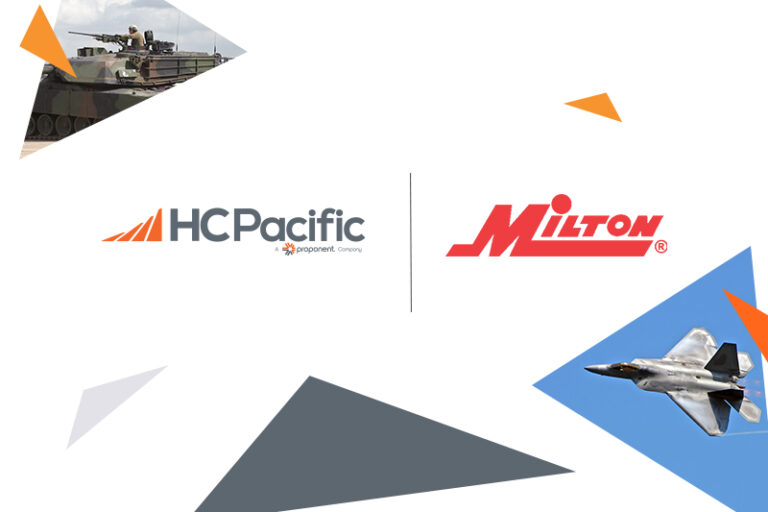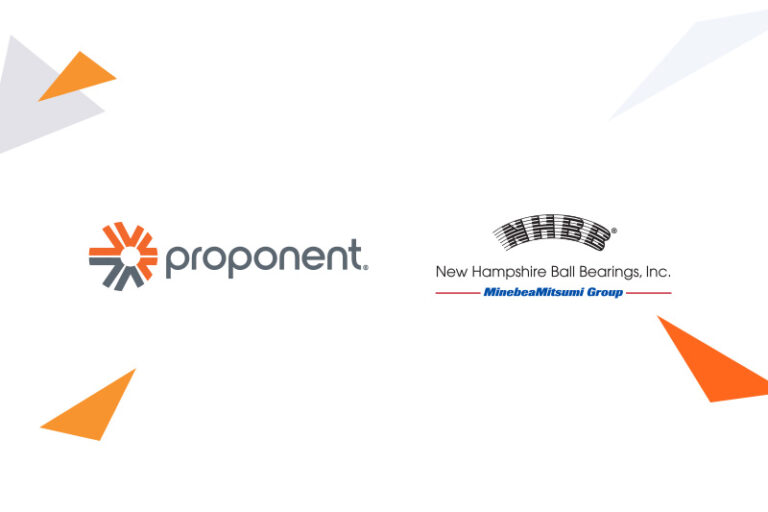The aerospace industry refers to the building, maintaining, and testing of aircraft. In addition to the business aspects of the industry post-COVID-19, aviation is also experiencing an innovation boom. Aerospace innovations of disruptive new approaches that drive unprecedented efficiencies could change the trajectory of the industry as a whole. In this post, we’re rounding up some of the most exciting aerospace innovations over the past year.
New & Emerging Aerospace Innovations
The Aerospace industry continues to make changes each year to improve upon and strive for excellence. With new technologies and engineering, aerospace innovation is on the rise with many promising applications of disruptive technologies.
Additive Manufacturing
Additive manufacturing (AM), also known as 3D printing, has the promise to create high-quality, lightweight aircraft parts faster, cheaper, more efficiently, and with significantly less environmental impact than traditional manufacturing. And AM is already being employed at scale for certain components. Additive manufacturing has become an innovation to the aerospace industry creating products to help reduce weight and increase aircraft performance.
Drones in Aerospace
While low-cost space drones have become a common sight in parks across the country, high-quality models with high-definition cameras have been employed to perform aircraft maintenance inspections in a fraction of the time of traditional visual inspections.
Blockchain
Blockchain is a decentralized, incorruptible digital ledger that offers transparent, secure, chronological data chains that can easily be traced back to an initial transaction. In aerospace, which demands high-security transactions and stringent traceability requirements, blockchain fulfills a lot of important needs. Using blockchain technology to automate internal and external participant access or management helps the aviation industry focus on innovating security in other ways.
Other Disruptive Technologies
There are a host of other promising technologies that we are keeping our eyes on, including artificial intelligence. Artificial intelligence is used to power prescriptive analytics, and augmented reality (AR). Artificial intelligence is used by MRO mechanics for training, guided repair, and digital twin technology. AI creates a virtual replica of a physical asset that aims to predict service needs more accurately. This specific aerospace innovative research helps lower cost and quickly discover aircraft solutions.
Autonomous Flight Technology
Autonomous flight technologies, which is human-free flight. Autonomous technology is a growing trend in many industries and has been a focus for the aerospace industry as well. Although this aerospace innovation has yet to be scaled for large aircraft it is available in drones today. One example of this is the Ehang 216, which is the first completely autonomous drone taxi to transport human passengers. Autonomous flight technology is an aerospace innovation that will continue to progress within the industry.
New Aerospace innovation Approaches
In addition to the new technologies driving aerospace innovations, the industry is trying some new approaches to solve pressing problems.
CORSIA
An historic agreement by all 191 member states of the ICAO, CORSIA lays out a global system for capping net carbon emissions for the international aviation industry at 2020 levels by offsetting any additional emissions. Baseline CO2 data is available to view for 2020 emissions.
Aircraft Recycling
While it’s easy to focus on the positive aspects of the aerospace innovation boom with an unprecedented number of aircraft currently in production, there are others looking toward the future and considering how aircraft recycling can be improved to avoid all of those aircraft being sent to landfills when they are retired.
Green Aviation
As one of the greatest contributors to global carbon emissions, the aviation industry is well aware of its responsibility to curb the effects of CO2. Green aviation is an umbrella term for sustainable practices in aerospace, including increased fuel efficiency through engineering, the development of biofuels, and the aforementioned innovations provided through aircraft recycling, CORSIA, and additive manufacturing. One of green aviation’s biggest proponents is NASA, whose X-Plane program pioneers new sustainable aerospace technologies. Recently, Airbus revealed their plans for the first zero-emission hydrogen commercial aircraft. Zero-fuel is a promising aerospace innovation, projected to enter the industry by 2035.
Related Articles:
Humans are the Future of Aviation!
Proponent Update – Avio-Diepen Fully Integrated Into Proponent
The Technologies Disrupting the Aerospace Industry in 2018
